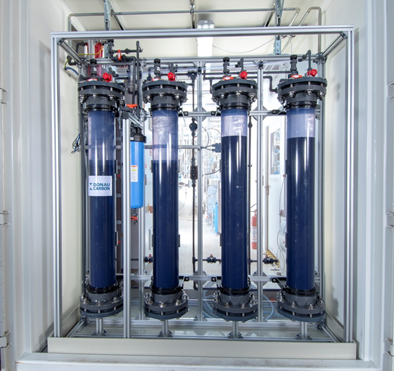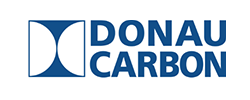A new type of activated carbon has been specially modified to meet the requirements of treating saline process waters from industrial syntheses. The concentration of organic contaminants, which previously could only be removed to a limited extent, is significantly reduced by adsorption.
Activated carbon is used in countless applications and processes with the aim of removing impurities from the surrounding medium or substances contained within it. This is particularly the case for water, a resource that has become increasingly important worldwide and which, in addition to its already limited quantity, is only available in a quality that can be used by industries and people to a limited extent. The same applies to raw materials such as salts, which, although usually available in large quantities, must have a corresponding quality.
In this context, the production of plastics such as polycarbonate and vinyl chloride is an example, which, like up to 70% of all industrially manufactured chemical products, come into contact with caustic soda or chlorine in the course of the production process. And both NaOH and Cl2 are obtained from common salt (NaCl) by means of chlor-alkali electrolysis, which requires extremely pure brine.
The adsorbent material developed as part of the Re-Salt project is a novel activated carbon from the Hydraffin product line, modified specifically to meet the requirements of treating saline process waters from industrial syntheses.
Due to unique properties of the pore system and inner surface, it is possible to significantly reduce the concentration of organic contaminants such as quaternary ammonium compounds (QAV) or tertiary amines, which were previously only removable to a limited extent, by adsorption. This also occurs in the presence of and together with other dissolved organic loads such as phenol, which also originate from the production processes. Thus, the material contributes fundamentally to the (re)use of such brines as feedstock for chlor-alkali electrolysis, which could not be realized before or only with higher effort.
In combination with technologies for concentration, this enables efficient recycling of saline process waters and, at the same time, the desired reduction of discharges into surface waters in terms of resource-efficient use of water and the (NaCl) salt it contains.




